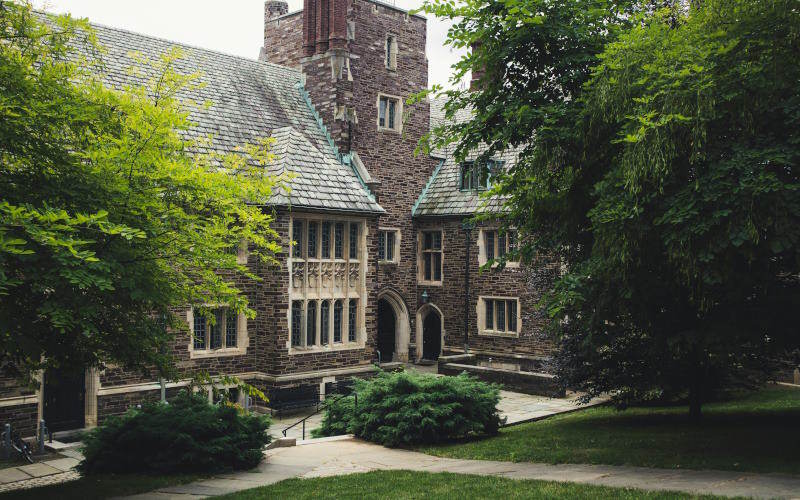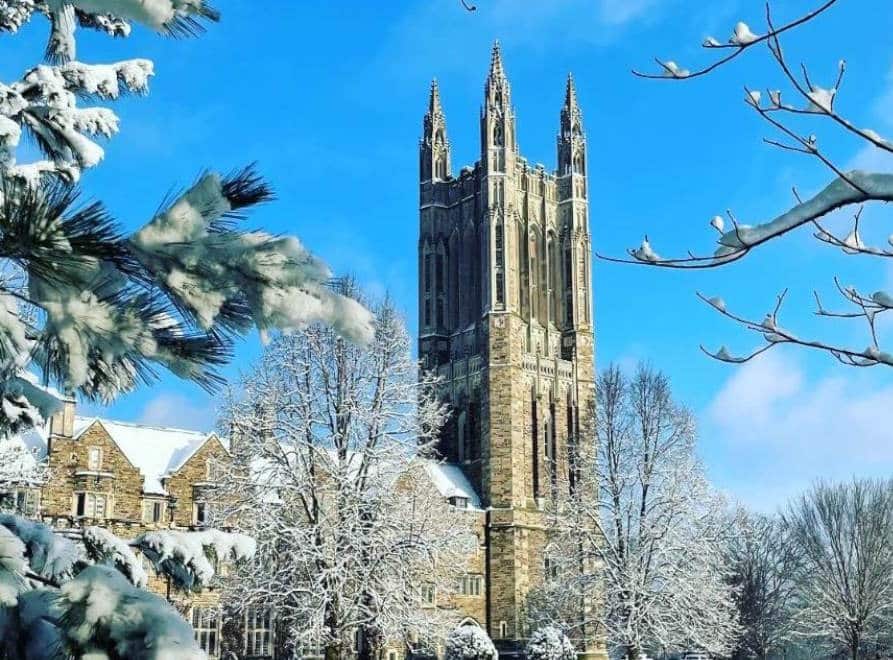The Foundations of Princeton’s Architectural Heritage
Princeton’s architectural heritage is rooted in its rich history and diverse influences. From its early days as a colonial settlement to its establishment as a renowned university town, the buildings in Princeton reflect the evolution of architectural styles over the centuries.
One of the key foundations of Princeton’s architectural heritage is its colonial roots. Many of the town’s oldest buildings exhibit the traditional design elements of the colonial era, such as symmetrical facades, gabled roofs, and large chimneys. These structures serve as a reminder of Princeton’s early history and the challenges faced by its early settlers.
In addition to colonial influences, Princeton’s architectural heritage also showcases the impact of the Federal style. This style, popular during the late 18th and early 19th centuries, emphasizes symmetry, proportion, and classical elements. Several residential buildings in Princeton feature Federal design elements, such as Palladian windows, porticos, and decorative moldings.

Princeton’s architectural heritage is also shaped by the influence of the university. As one of the Ivy League institutions, Princeton University has a significant impact on the town’s architectural landscape. The university campus is home to numerous iconic structures, each with its own unique architectural style and significance. These buildings, such as Nassau Hall and the Graduate College, contribute to the rich tapestry of Princeton’s architectural heritage.
Overall, the foundations of Princeton’s architectural heritage lie in its colonial and Federal influences, as well as the significant contributions of Princeton University. Exploring the town’s architectural treasures allows visitors to delve into its past and appreciate the diverse styles that have shaped its identity.
Iconic Structures of Princeton University
Princeton University is renowned for its stunning architecture, with several iconic structures that showcase different architectural styles and periods.
One of the most prominent buildings on the Princeton University campus is Nassau Hall. Built in the Georgian style, Nassau Hall is a symbol of the university’s rich history and academic excellence. Its grand facade and elegant interiors reflect the architectural trends of the colonial era, making it a must-see for visitors interested in Princeton’s historical architecture.
The Graduate College

Another iconic structure is the Graduate College, designed by renowned architect Ralph Adams Cram. This Collegiate Gothic masterpiece features intricate stone carvings, pointed arches, and soaring towers. It serves as a residential college for graduate students and adds to the architectural diversity of Princeton University.
Apart from Nassau Hall and the Graduate College, Princeton University boasts numerous other architectural gems. The Princeton University Art Museum, designed by architect Rafael Viñoly, combines modern aesthetics with functional design. The Lewis Library, with its sleek and contemporary architecture, provides a modern contrast to the historic buildings on campus.
Exploring the iconic structures of Princeton University offers a glimpse into the evolution of architectural styles and the university’s commitment to both tradition and innovation.
Colonial and Federal Influences in Residential Designs
Princeton’s residential designs showcase the enduring influence of colonial and Federal styles in architecture.
Many of the town’s historic homes exhibit the characteristics of colonial architecture. These houses feature symmetrical facades, steep roofs, and central chimneys. The use of brick or wood siding adds to their charm and authenticity. Walking through the residential neighborhoods of Princeton allows visitors to admire the well-preserved colonial homes and experience the architectural heritage of the town.
In addition to colonial influences, Federal style can be seen in some of Princeton’s residential designs. These houses often have more refined details, such as decorative moldings, fanlights, and elliptical windows. The combination of brick or stone exteriors with elegant proportions creates a sense of sophistication and timeless beauty.
Princeton’s residential architecture not only reflects the town’s history but also provides a glimpse into the lives of its early inhabitants. The preservation of these historic homes is a testament to the community’s commitment to honoring its architectural heritage.
Revitalizing History: Modern Restorations and Their Impact
The revitalization of historic buildings in Princeton has played a significant role in preserving the town’s architectural heritage and promoting its cultural identity.
Modern restorations aim to strike a balance between preserving the historical integrity of a building and adapting it to meet contemporary needs. Through careful research and attention to detail, restoration projects breathe new life into old structures while maintaining their historical significance.
One example of modern restoration in Princeton is the rehabilitation of the Princeton Public Library. The project successfully transformed the historic building into a modern library facility while preserving its original architectural features. The combination of old and new elements creates a unique space that celebrates both the past and the present.
The impact of modern restorations extends beyond the individual buildings themselves. It contributes to the overall revitalization of the town, attracting visitors and fostering a sense of pride among the community. By preserving and showcasing its architectural heritage, Princeton continues to inspire future generations and promote a deeper appreciation for history and design.
Architectural Tours: Best Routes to Discover Princeton’s Past
Embarking on an architectural tour is an excellent way to discover the rich history and design of Princeton’s buildings.
One recommended route is to start at the Princeton University campus. This iconic institution is home to numerous architectural gems, including Nassau Hall, the Graduate College, and various academic buildings. Exploring the campus allows visitors to appreciate the diverse architectural styles and their historical significance.
Another route is to explore the residential neighborhoods surrounding the university. Walking or biking through the tree-lined streets reveals a treasure trove of historic homes, each with its own unique story. From colonial cottages to grand Federal-style mansions, the residential areas of Princeton provide a captivating glimpse into the town’s architectural past.
To delve deeper into Princeton’s architectural heritage, consider joining a guided tour or visiting the Princeton University Art Museum. These resources offer valuable insights into the historical context and design principles behind the town’s buildings.
No matter which route you choose, exploring Princeton’s architectural treasures promises a fascinating journey through time and a deeper understanding of the town’s rich heritage.
Here is a list of over things to do and attractions in Princeton.
See our guide see of some of New Jersey’s lesser-known attractions. Some are located in Princeton!
Take a look at our picks of the top 7 historical sites that you will want to visit!






